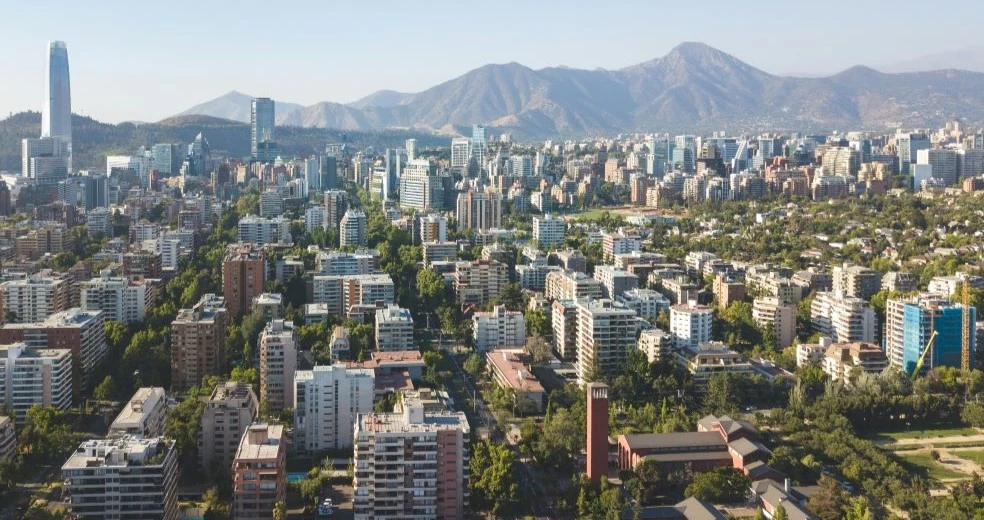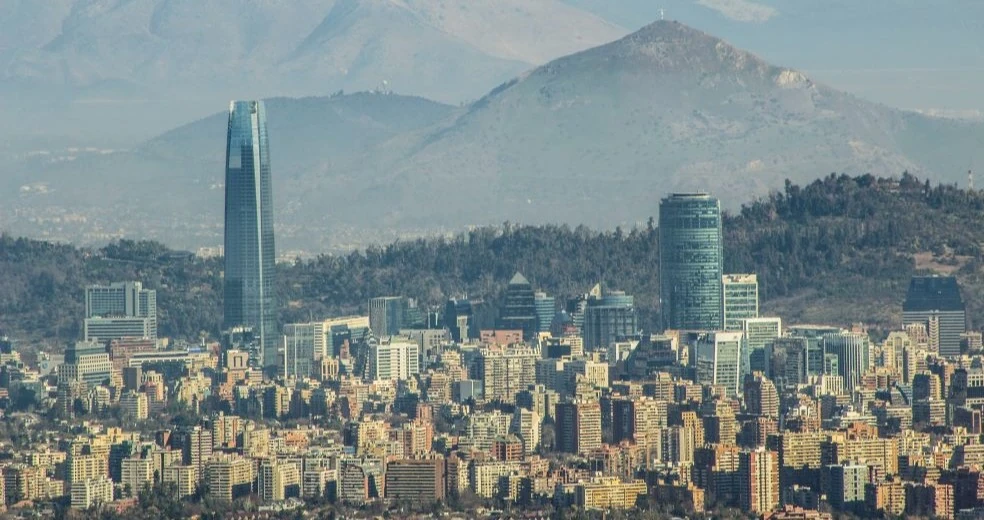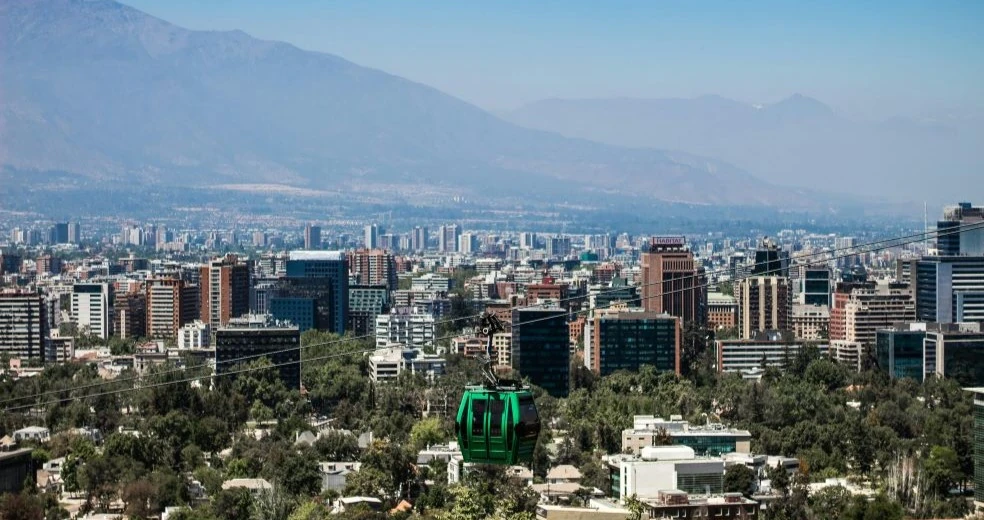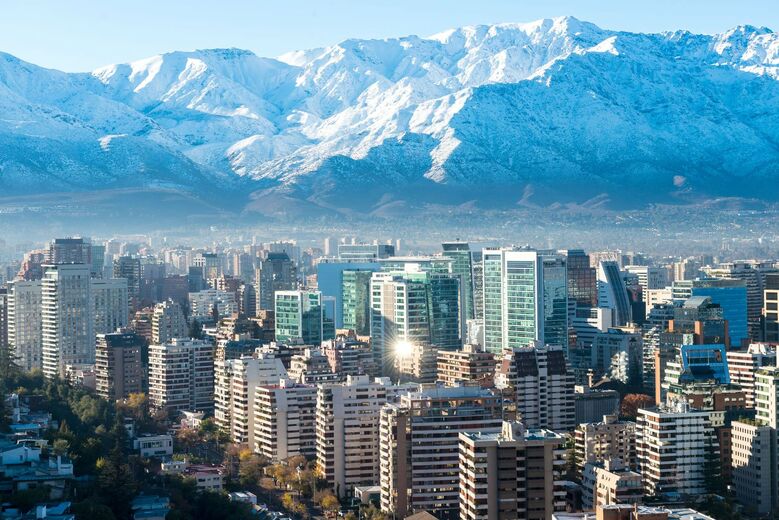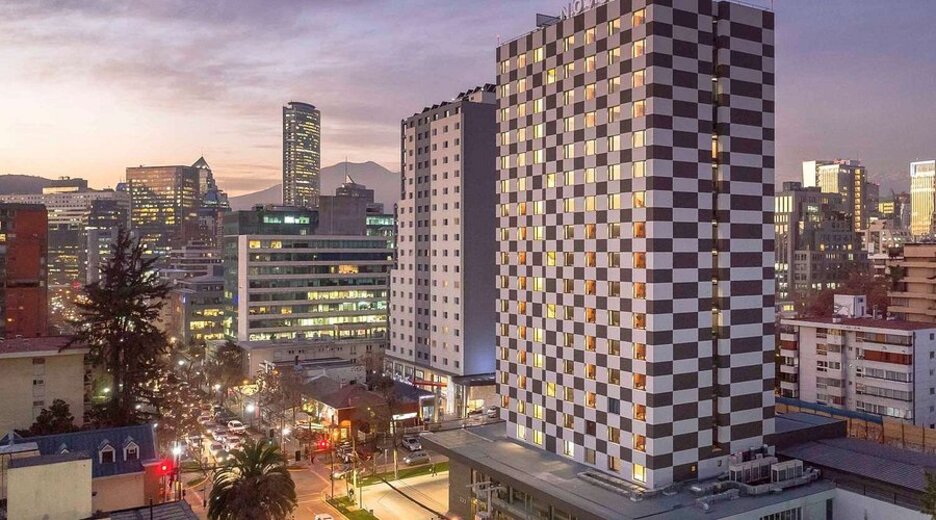The Path to Leadership in “Green” Construction

A Proving ground for sustainable architecture
Chile achieved a remarkable breakthrough, evolving from a peripheral player to a leader in Latin American sustainable construction in just 15 years. What began as an experiment is now a deliberate and proven national strategy. The outcome is striking: one in three new buildings in Santiago holds an eco-certificate, with demand for green homes increasing by 20% in 2025.
Why has green construction become both a necessity and a smart investment?
The main drivers of sustainability have been three factors that transformed environmental consciousness into an urgent necessity and a profitable investment.
1) Natural Challenges as Innovation Drivers
Chile's seismic activity requires resilient and flexible structures, water scarcity requires efficient recovery systems, and abundant sunlight makes solar power a highly cost-effective solution. These conditions have pushed the industry toward sustainable solutions.
2) Economic Benefits: From Costs to Profits
Rising energy prices and resource scarcity have transformed approaches to construction. Energy-efficient technologies and water conservation reduce operating costs by 20-30%, increasing liquidity and property value.
3) Government Policy and Public Demand
The ambitious 2030 infrastructure plan aims to attract billions of dollars to “green” projects, while buyers are increasingly prioritizing the energy class of housing.
Sustainability standards: Certification
In Chile, green certifications guarantee lower utility bills and better living standards for residents. For developers, they offer tax benefits and increase a project's market appeal. Here are some key examples:
- CES (Certificación Edificio Sustentable) is a national certification mandatory for all new buildings. It serves as an energy passport with a rating from A to G, taking into account Chile’s seismicity and climate. For example, a building with a B rating allows residents to save up to 30% on heating costs.
- CEV (Certificación de Vivienda Sustentable) is a mark of premium quality. It assesses housing sustainability across a broad range of criteria: energy consumption, water conservation, eco-friendly materials, and comfort levels.
- LEED (Leadership in Energy and Environmental Design) is the most recognized international standard for premium projects. Its presence confirms that a building meets leading global requirements for energy efficiency, material ecology, and environmental protection. With over 150 LEED-certified projects in Chile, this certification significantly boosts their investment appeal.
From theory to practice: Eco-Technologies in construction
The impressive numbers of Chile's green boom are powered by integrated, real-world solutions that solve critical resource efficiency issues.

- Water conservation
Facing water scarcity, Chile is implementing efficient saving technologies. Rooftop tanks collect and use rainwater for irrigation and toilet flushing, reducing main drinking water consumption by a third. Low-flow plumbing fixtures cut water use by 40% compared to standard older systems.
- Solar energy and passive design
Chile's abundant sunlight makes it an ideal location for solar power. Bifacial solar panels generate 25% more energy compared to traditional monofacial panels. Passive design involves the strategic orientation of buildings and windows to provide warmth in winter and coolness in summer, reducing climate control costs by up to 30%.
- Eco-Friendly materials
Chilean construction minimizes its environmental impact through material choice. Using recycled steel and concrete reduces waste and resource consumption by 15-20%. Finishes include coatings made from recycled rubber or plastic, and paints without volatile organic compounds (VOCs) that harm air quality. Next-generation extruded polystyrene insulation cuts heating and cooling energy costs by 25%.
- Thermal envelope and smart management
Energy efficiency starts with a sealed building envelope. Well-insulated walls, roofs, and double-glazed windows improve thermal regulation. Green roofs and vertical gardens also help maintain a comfortable microclimate. Smart systems automatically manage heating, ventilation, and lighting, saving up to 15% on energy.
The country's future: From green buildings to smart cities
Chile's national plan involves scaling sustainable construction from individual buildings to entire districts. It integrates CES and LEED technologies into smart urban systems, shifting the focus from standalone houses to interconnected neighborhoods that use energy, water, and resources efficiently.
- The "Ciudad Inteligente Santiago" (Smart Santiago) program is piloting systems to monitor transportation, lighting, waste, and air quality in order to optimize city resources.
- The Smart Vitacura 2025 program is implementing intelligent lighting and waste management systems. Meanwhile, the Las Condes district is testing IoT-powered streetlights that respond to movement and time of day.
- Chile's energy strategy focuses on decarbonization and localized power production. A key initiative in 2025 is the "Parque Solar Comunitario," which supplies clean energy to 59 municipalities. Simultaneously, research in the Atacama region is assessing geothermal potential for district heating and cooling, a future complement to the nation's solar capabilities.
- Circular economy principles are being integrated into construction. The RCD (Construction Waste Management) roadmap and regulations are reducing landfill waste, while the "Pasaporte de Materiales P+" (P+ Material Passport) platform records the composition and reusability potential of building materials.
Conclusion: Not just a trend, but a new reality
Chile has proven that harsh natural conditions can be transformed into a stimulus for innovation. By turning constraints into opportunities, the country has created a model where sustainability has become not just a necessity, but a competitive advantage. CES, CEV, and LEED certifications, backed by innovative technologies, ensure a high quality of life, lower operating costs, and attractiveness for investors. The transition towards smart cities and circular economy principles confirms Chile's ambition: to move from "green" buildings to sustainable ecosystems. This experience demonstrates how a strategic approach to sustainability can become a driver for both economic and environmental progress.

